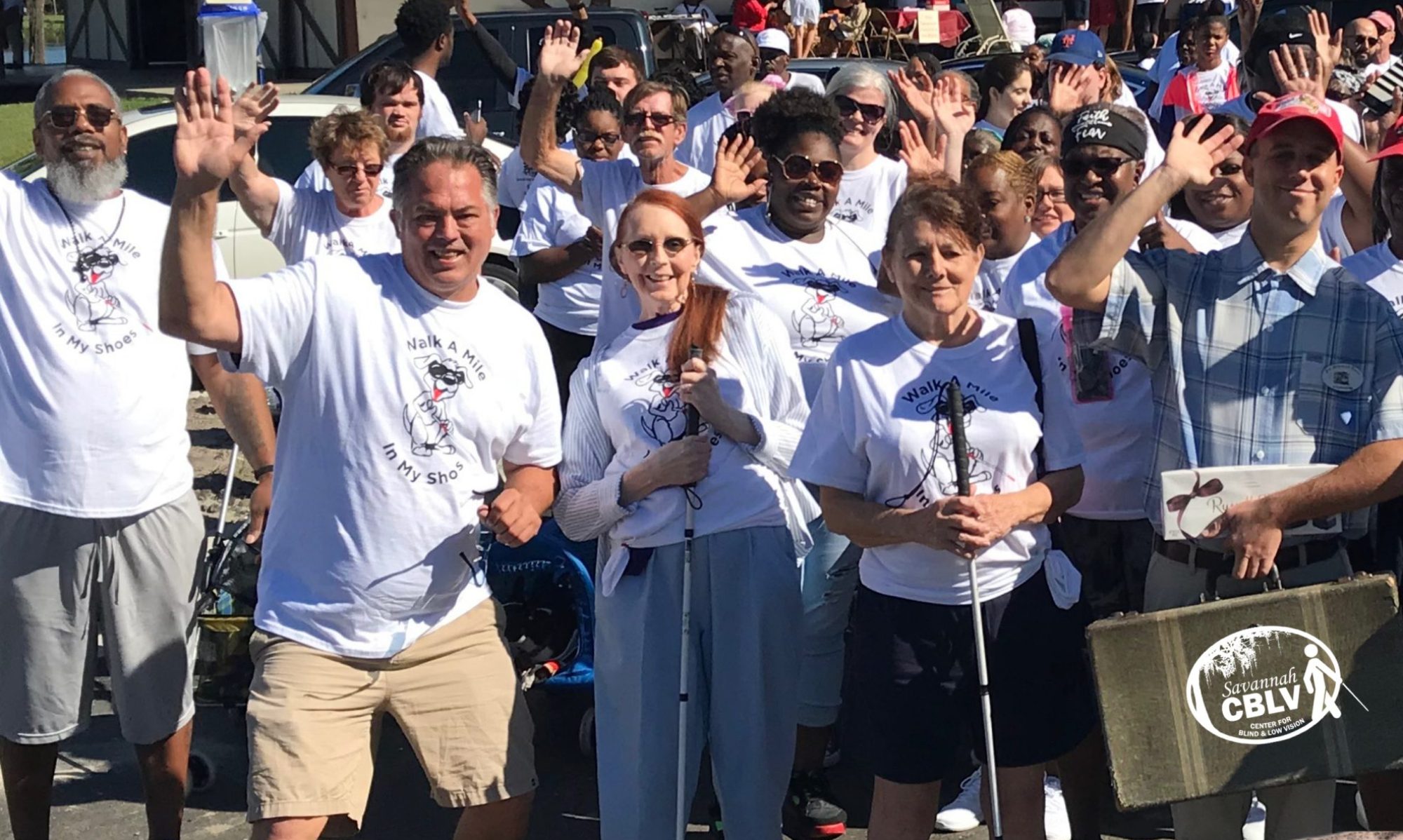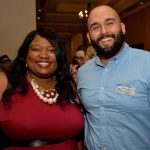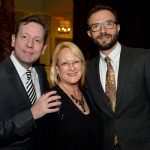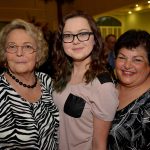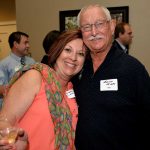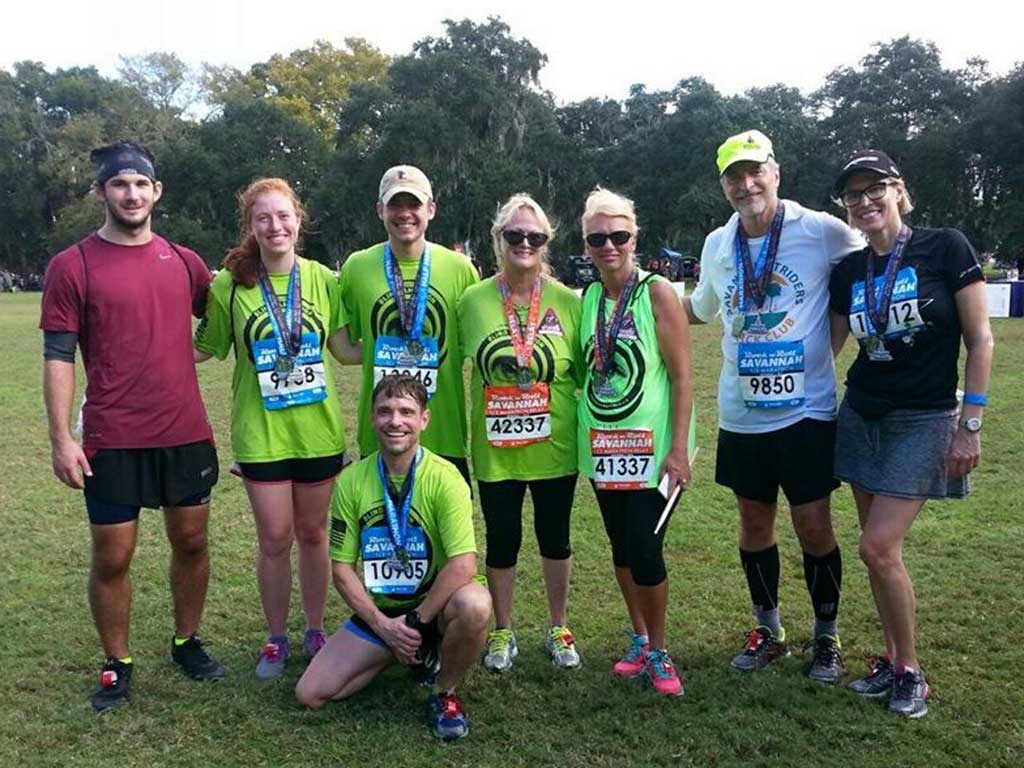Runners Are Challenged to Raise $250+ (fee paid through donations)
Savannah Vision Conference
Reserve your seat for the 4th Annual Savannah Vision Conference at Memorial University Medical Center’s Education Auditorium. This one-day conference offers 8 accreditation hours and features presentations by Ophthalmologists from FL, GA, and SC. This event is open to all TVI’s, Vision Techs, and Vision Rehab Counselors.
Registration fee is $125 per person and includes: Friday evening cocktail party with Old Savannah Tour’s Trolley Tour, continental breakfast, lunch catered by Papa’s Barbecue & Seafood, cutting-edge Ophthalmology presentations, 8 hours of accreditation.
Reserve your spot today! Contact Leslie Eatherly at 912-236-4473 extension 108 or leatherly@savannahcblv.org .
Vision Quest Luncheon
6th Annual Vision Quest Luncheon
Friday, April 27th at the Hellenic Center of St. Paul’s Greek Orthodox Church
The event cost nothing and lunch is provided.
You will leave the event feeling inspired.
National White Cane Saftey Day
White Cane Safety Day is a national observance in the United States, celebrated on October 15 of each year since 1964. The date is set aside to celebrate the achievements of people who are blind or visually impaired and the important symbol of blindness and tool of independence, the white cane.
Support Savannah CBLV Through the Holidays
Savannah Center for Blind and Low Vision can receive a donation when you make purchases on Amazon.com!
- Amazon will donate 0.5% of the price of your eligible AmazonSmile purchases to Savannah CBLV whenever you shop on AmazonSmile.
- AmazonSmile is the same Amazon you know. Same products, same prices, same service.
- Support your charitable organization by starting your shopping at smile.amazon.com
Follow the link to support our work.
Dining in The Dark
We are excited to announce the return of Dining in The Dark, an exceptional event giving guests an intimate understanding of vision loss.
On Saturday, January 20th, 2018 at Embassy Suites Downtown Savannah, GA, take part in a unique gala dinner designed to raise awareness about vision loss. Experience a sumptuous three-course meal served in complete darkness by Savannah Metro’s SWAT team using their night-vision equipment.
Book your stay at Embassy Suites
What happens in the dark?
Dining in The Dark is a rare and unique sensory experience that you will never forget. Guests enter the Embassy Suite’s beautiful dining area in two phases. First, a blackout chamber allows your eyes to adjust to complete darkness. After five minutes, you will be escorted to your table by your SWAT guide. Once at your table, your senses will begin their journey that will take you to a whole new heightened appreciation of smell, taste, sound, and touch.
I can see, and that is why I can be happy, in what you call the dark, but which to me is golden. I can see a God made world, not a manmade world.
We are pleased to offer your company the opportunity to be part of this very special event. Dining in The Dark is a wonderful opportunity for team-building, as well as increasing diversity and disability awareness at your company.
Download our detailed list of sponsorship opportunities and benefits or contact us for more information.
Dining in The Dark 2018 Sponsor Packet
Dining in The Dark 2018 Sponsors
Rock n’ Roll Marathon
Whether you’re a walker or a runner… we want you on our Blind Ambition Team.
November 4th, SCBLV’s Blind Ambition Team returns to the Rock n’ Roll Marathon in Savannah, GA. Join our team to raise money and awareness for the Savannah Center for Blind and Low Vision.
For more information, contact Sallie McClelland at 912-660-2434 or Leslie Eatherly at 912-236-4473
Savannah CBLV Serves Those Serving Our Community
http://wsav.com/2017/07/28/free-help-available-to-cop-with-vision-loss-at-savannah-center-for-blind-and-low-vision/
Success Stories: Jessica Thomas
Success Stories at Savannah CBLV
My name is Jessica Thomas. Since attending Savannah Center for Blind and Low Vision, I have not only freed myself from my mental cage of depression, anger, and fear of life… I have also found new goals and views on life and what I am capable of as well. The Center is not only an education, loving, caring environment; it also serves as a safe haven for emotional support for those with low vision or even blindness. Being at the taught me that family does extend beyond your parents, sisters, brothers, etc., which is more than I expected. It’s been with great pleasure that I have been blessed with the opportunity to attend the Center and work alongside my peers, teachers, and the staff. If you’re looking for a personal view or inside view about the school or staff… then look no further. The Center opens doors for students…reintroducing them to a world of vision without having to have sight and teaching that you can do anything…you just have to do it different.
